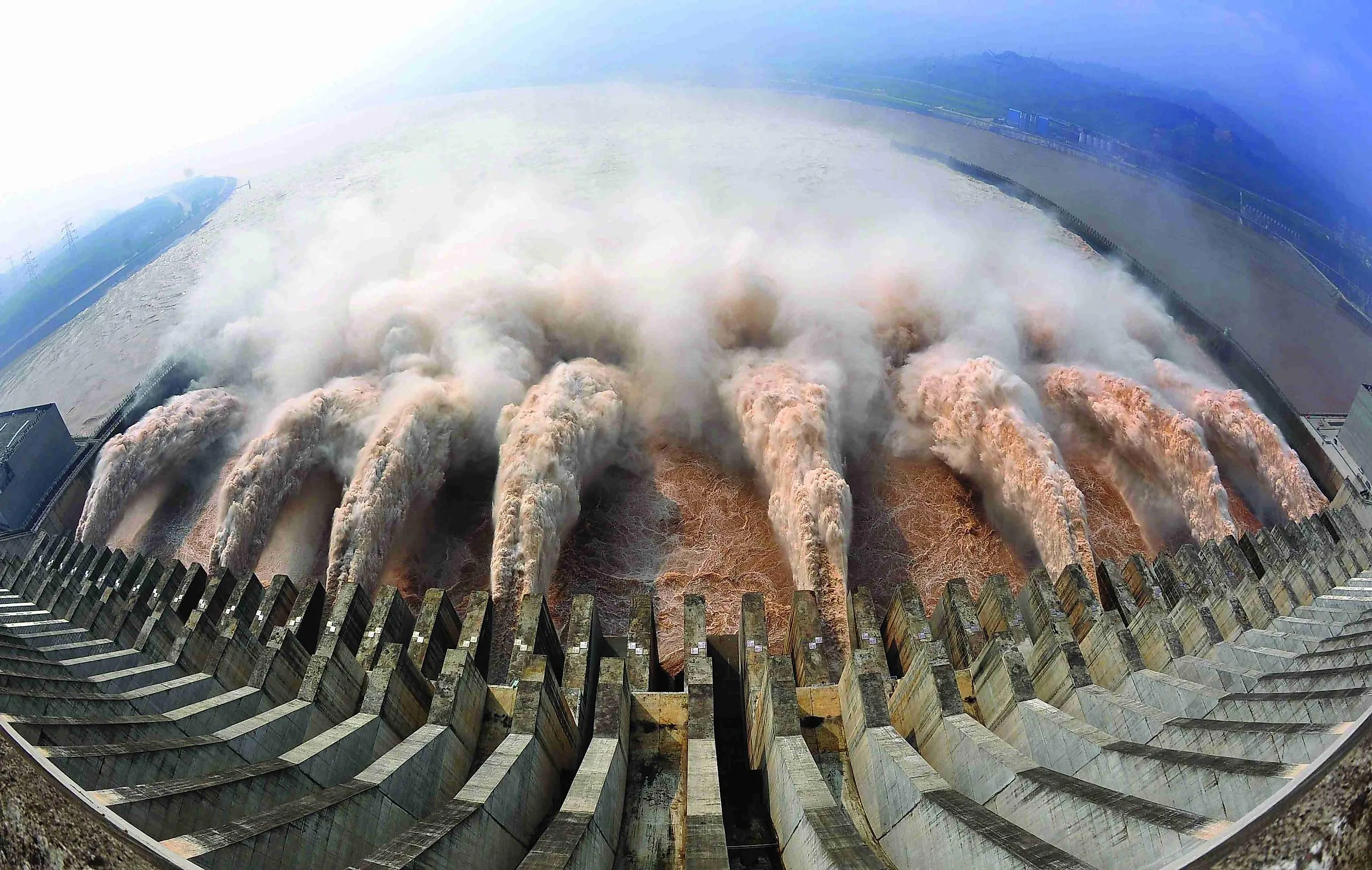
10 Largest Power Stations In The World
There are multiple types of power stations, including both renewable power sources and non-renewable power sources. It includes everything from nuclear power to hydro, wind power, geothermal, oil or natural gas power plants, and any other type of power station. The size is determined by the current installed electrical capacity - i.e., the potential amount of energy the power plant could produce, rather than the actual output on any given day or year.
1. Three Gorges Dam, China - 22,500 MW
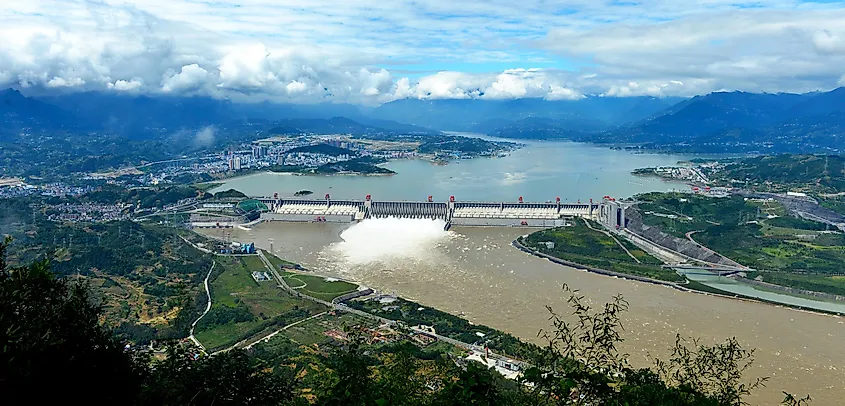
The Three Gorges dam in China is the largest power station in the world. It can produce 22,500 Megawatts of energy, the most of any power plant on Earth. The dam spans the Yangtze River in central China, just downstream from the Three Gorges. On average, the plant produces 95 TWh of electricity per year. The dam was constructed over several years. It first opened in 2003 but was completed and fully functional to its current capacity in 2012. The plant consists of 32 main turbines and two smaller generators, which together reach the plant's potential energy capacity. The plant set a record for the most annual power production, reaching around 112 TW per hour in 2020 after a particularly heavy monsoon season that flooded the river. In more recent years, flooding has become a growing and very real concern.
2. Itaipu Dam, Brazil and Paraguay - 14,000 MW
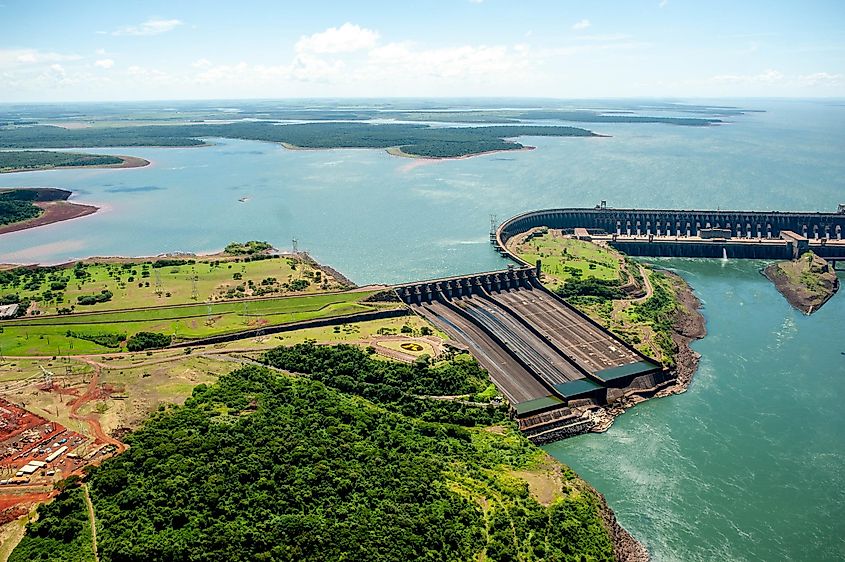
The power station with the second greatest energy production capacity is the Itaipu Dam, which sits along the border between Brazil and Paraguay. The Paraná River powers the dam, which has a power generation capacity of 14,000 Megawatts. This Itaipu Dam consists of 20 power generators, each with a capacity of 700 MW. This power plant is a significant power supplier for Paraguay and has contributed as much as 75% of Paraguay's annual electricity.
3. Xiluodu Dam, China - 13,860 MW
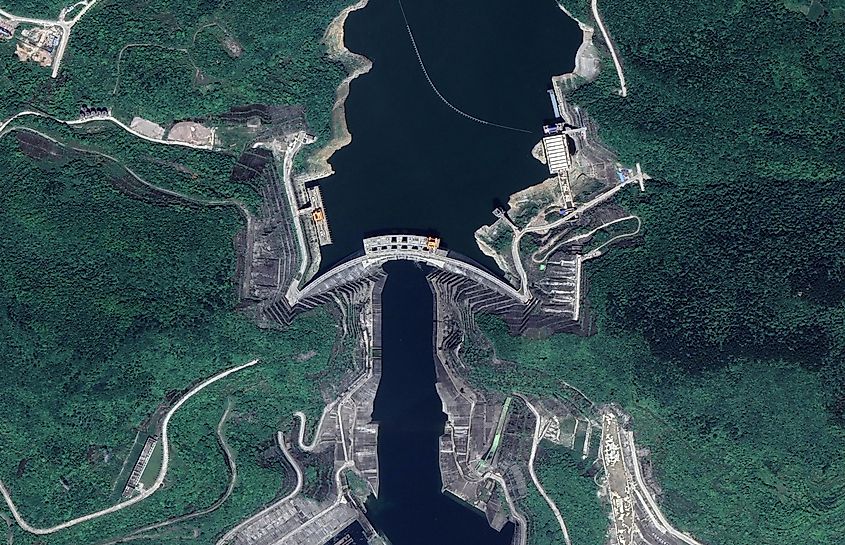
The Xiluodu Dam on China's Jinsha River Valley is the third largest power station on Earth. The dam measures 278 meters tall and 698 meters long. It sits between the counties of Leibo and Yonshan and is both a power generator, irrigation system, and flood water control. The dam consists of underground hydroelectric power generators, each with nine hydroelectric units for a combined power capacity of 13,860 Megawatts.
4. Belo Monte Dam, Brazil - 11,233 MW
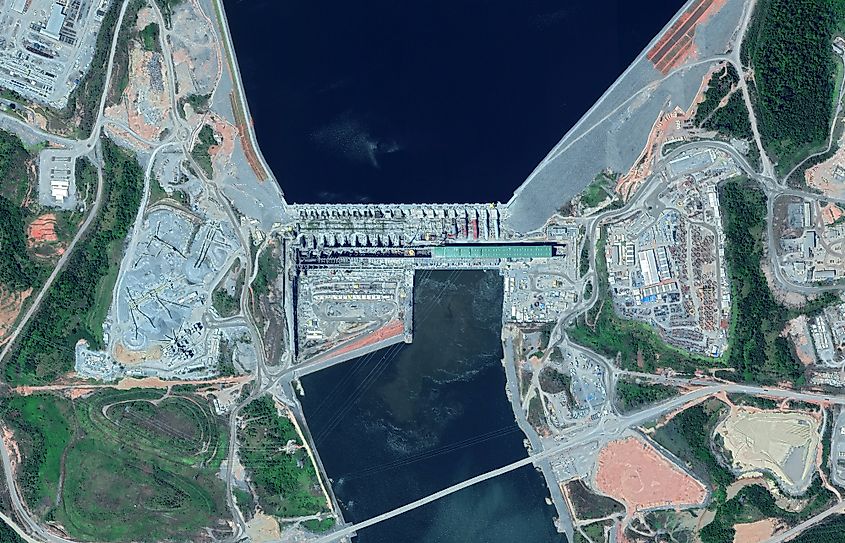
The Belo Monte Dam, formerly called the Kararaô dam, is the fourth largest power station in the world. This hydroelectric dam is located in Pará, Brazil, along the Xingu River. The dam has 18 turbines and was completed in 2019. This power station has a capacity of 11,233 megawatts.
5. Guri Dam, Venezula - 10,235 MW
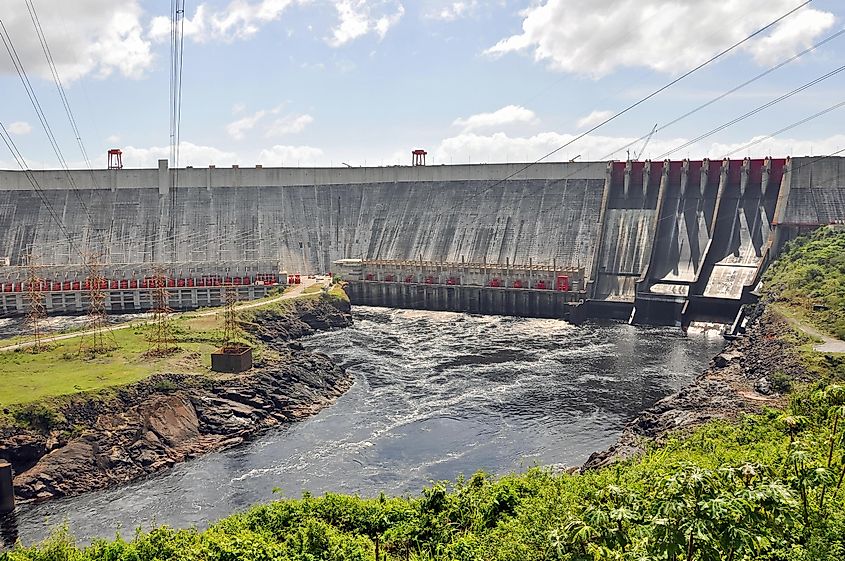
The Guri Dam first underwent construction in 1969 and was completed in 1986. It was built on the Caroní River in the eastern part of Venezuela. The power station has a capacity of 10,235 Megawatts. The Guri is also sometimes called The Simón Bolívar Hydroelectric Plant and was previously named the Raúl Leoni Hydroelectric Plant. It has a height of around 162 meters and a length of 7,426 meters.
6. Wudongde Dam, China - 10,200 MW
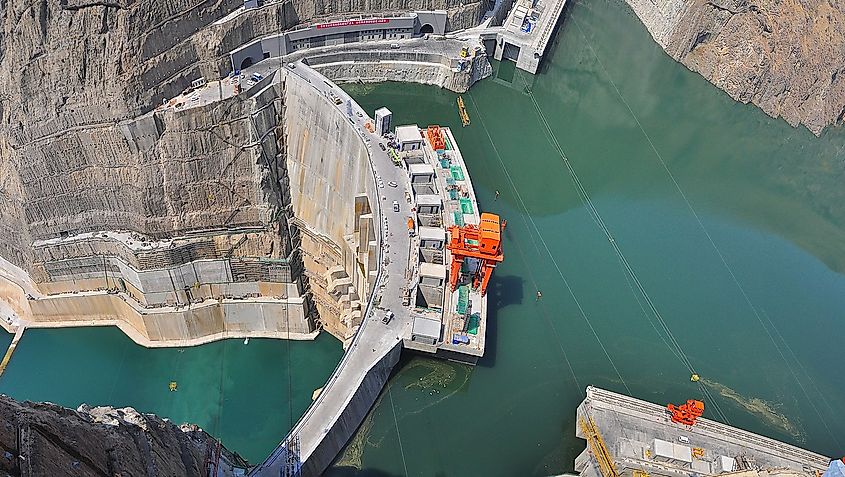
The Wudongde Dam is another large hydroelectric dam in China. It is located on the Yangtze River's upper section. It spans part of the Sichuan and Yunnan provinces in southwest China. The power station has a capacity of 10,200 Megawatts.
7. Jebel Ali Power Plant, UAE - 8,695 MW
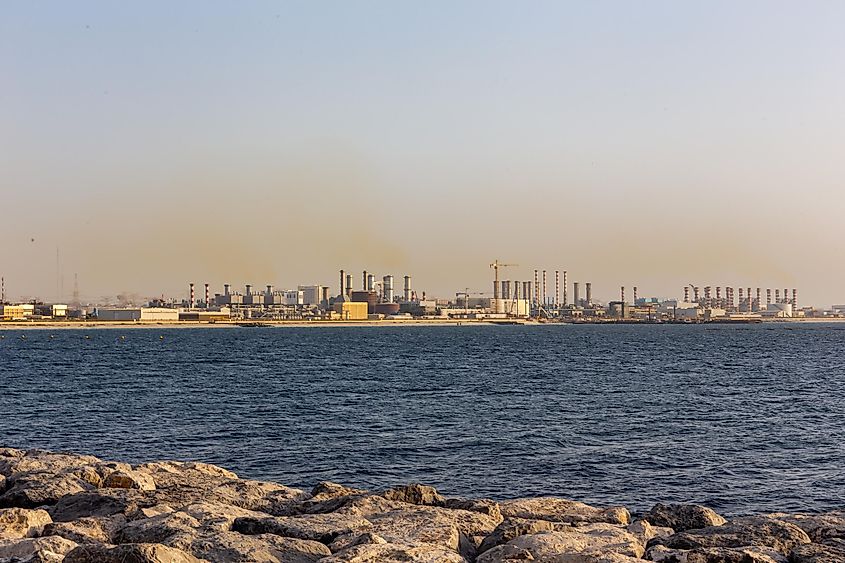
The Jebel Ali Power Plant is a combination oil and gas-powered CCGT plant. It is located in Dubai, UAE, along the Persian Gulf near the Jebel Ali port. The plant itself is a power complex that contains nine different plants across a distance of some three kilometers. The plant is responsible for the majority of the power supply for Dubai and has a capacity of 8,695 Megawatts, the largest of any gas-fired power plant. The plant also serves as the world's largest desalination plant, producing some 470 million gallons of desalinated water a day.
8. Tucurui Dam, Brazil - 8,370 MW
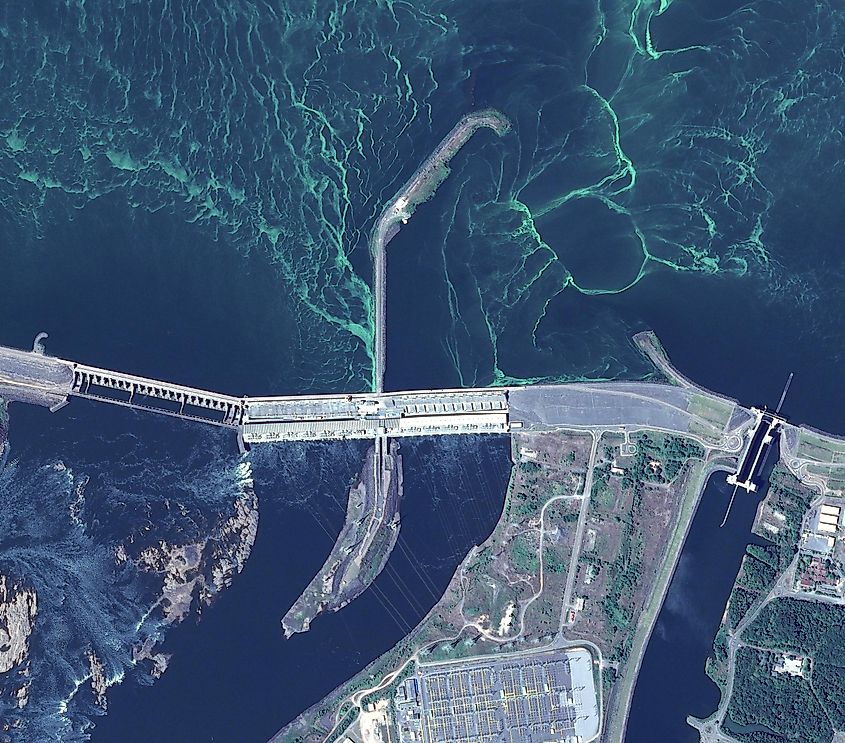
The Tucurui Dam is a hydroelectric power plant located in Pará, Brazil, on the Tocantins River. It is a large-scale concrete gravity dam with an installed capacity of 8,370 megawatts. The dam was the first of its kind to be built in the Amazon rainforest. Hence, its construction is riddled with controversies. Its construction forced many locals out of the area. However, it provided power to roughly 13 million people. The plant and resulting power have also caused industries to boom in the region. Though some see this as highly positive, it has also brought large-scale immigration to the area and widespread deforestation for commercial, residential, and industrial expansion.
9. Jiuquan Wind Power Base, China - 7,965 MW
The Jinquan Wind Power Base, also known as the Gansu Wind Farm, is located in the desert of the Gansu province of China. The power base consists of multiple large wind farms and some 92,000 wind turbines, which have a combined capacity of 7,965 megawatts, with a projection to reach 20,000 by 2025.
10. Kori Nuclear Power Plant, South Korea - 7,489 MW
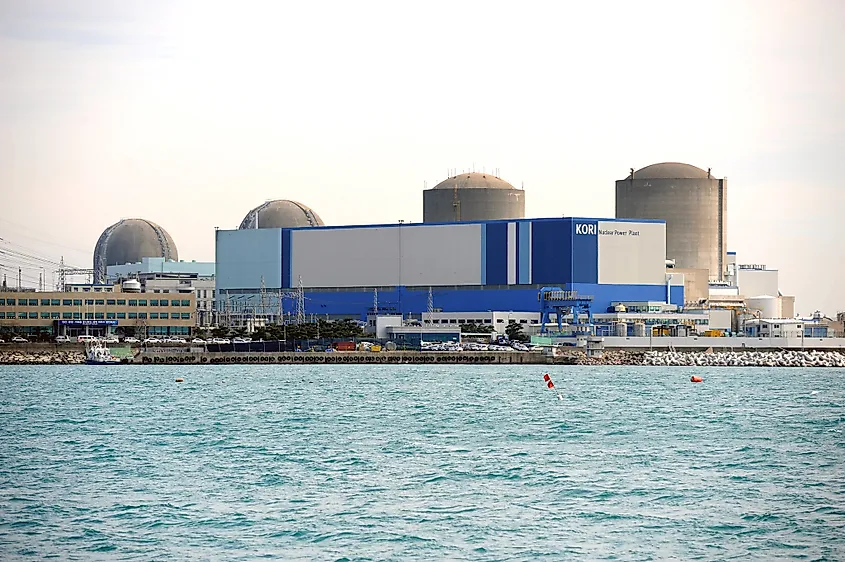
The Kori Nuclear Power Plant is the 10th largest power station in the world and has a capacity of 7,489 megawatts. It is located in Busan, South Korea, and is actually the largest fully operational nuclear generating station in the world based on total reactor count and quantity of operational reactors.











